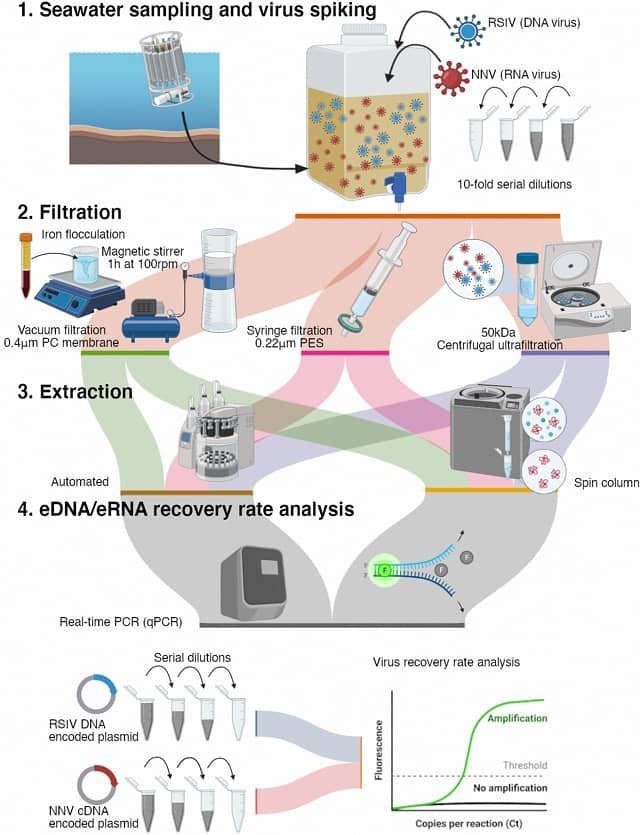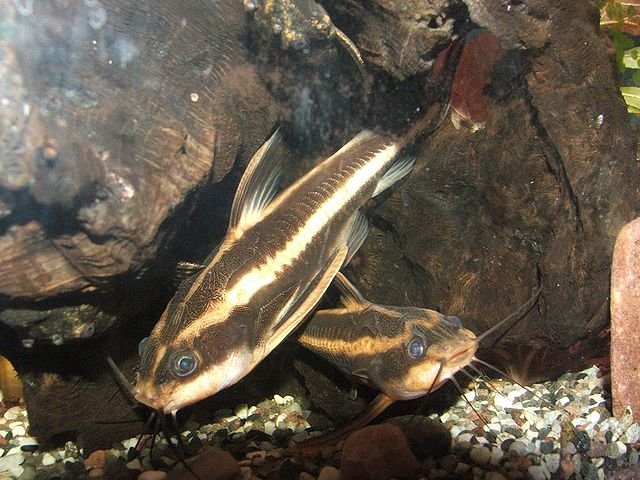USA.- A fish called “Coco” is lending a fin and, more importantly, much needed DNA to U.S. Department of Agriculture (USDA) and Auburn University researchers. The result is the first sequencing of a channel catfish genome and the promise of better products for catfish producers.
Among the more than 2,500 known catfish species, the channel catfish accounts for more than 60 percent of fish and seafood production. Information gleaned from Coco’s genome sets the stage for new ways of identifying and breeding channel catfish with improved traits, such as growth rate, fillet yield, meat quality and disease resistance.
According Geoffrey Waldbieser, a molecular biologist with USDA’s Agricultural Research Service (ARS), the genome makes it easier to locate variations in the DNA sequences and analyze different parts inherited by individual catfish. Scientists can then identify those segments, use breeding to select the beneficial segments in their fish population and improve meat production and production efficiency for farmers
Waldbieser, who is with the ARS Warmwater Aquaculture Research Unit (WARU) in Stoneville, Mississippi, led in the catfish genome sequencing effort together with John Liu, an aquaculture professor with Auburn University.
They used a special breeding technique called gynogenesis to produce the genome from Coco, a donor catfish which had two copies of identical DNA. With the help of ARS scientists at different locations, Waldbieser produced about 800 million DNA sequences from Coco’s DNA. A paper recently published in the journal Nature Communications describes the achievement in detail.
The genome was recently used to identify variation in DNA sequences between individual catfish within the Delta Select line, which is being developed at WARU for use by catfish producers.
Contact:
Geoffrey C Waldbieser (Geoff)
Research Molecular Biologist
geoff.waldbieser@ars.usda.gov
Phone: (662) 686-3593
Fax: (662) 686-3567
141 EXPERIMENT STATION RD
JWDSRC
STONEVILLE , MS 387760038
Stay Always Informed
Join our communities to instantly receive the most important news, reports, and analysis from the aquaculture industry.
Reference (open):
Zhanjiang Liu, Shikai Liu[…]Geoffrey C. Waldbieser. The channel catfish genome sequence provides insights into the evolution of scale formation in teleosts. Nature Communications 7, Article number: 11757 (2016). doi:10.1038/ncomms11757
https://www.nature.com/articles/ncomms11757
Editor at the digital magazine AquaHoy. He holds a degree in Aquaculture Biology from the National University of Santa (UNS) and a Master’s degree in Science and Innovation Management from the Polytechnic University of Valencia, with postgraduate diplomas in Business Innovation and Innovation Management. He possesses extensive experience in the aquaculture and fisheries sector, having led the Fisheries Innovation Unit of the National Program for Innovation in Fisheries and Aquaculture (PNIPA). He has served as a senior consultant in technology watch, an innovation project formulator and advisor, and a lecturer at UNS. He is a member of the Peruvian College of Biologists and was recognized by the World Aquaculture Society (WAS) in 2016 for his contribution to aquaculture.




